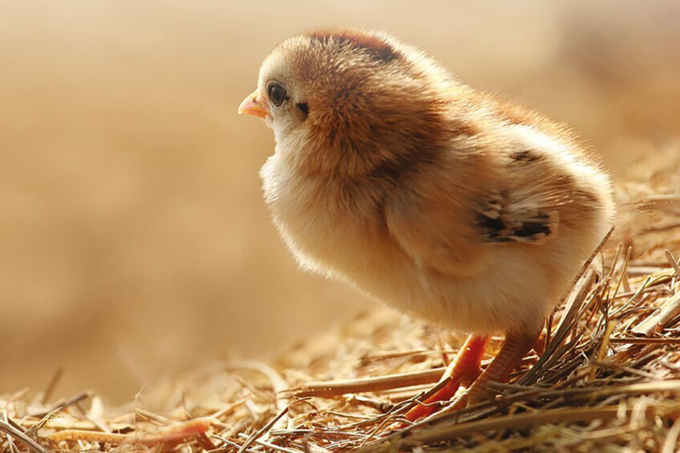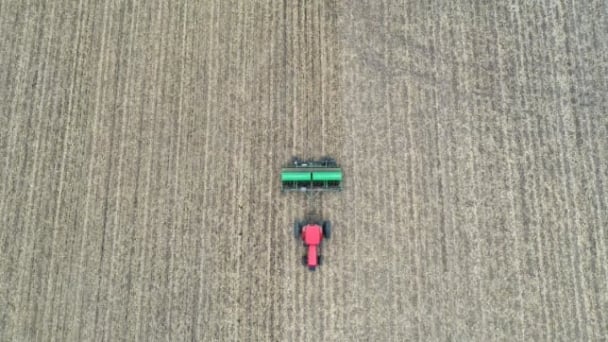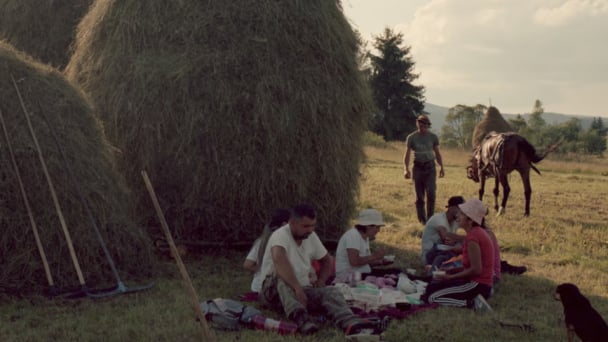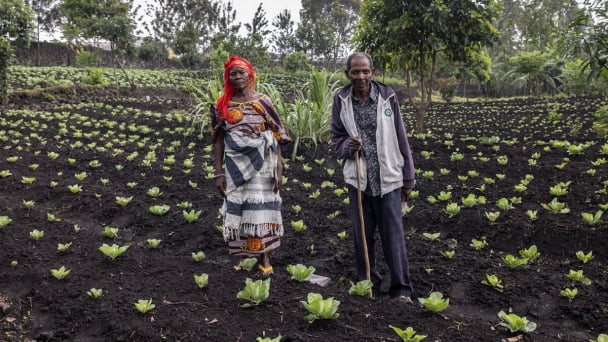April 15, 2025 | 10:52 GMT +7
April 15, 2025 | 10:52 GMT +7
Hotline: 0913.378.918
April 15, 2025 | 10:52 GMT +7
Hotline: 0913.378.918
Taller birds come with longer tibia bones and more calcium turnover, which benefits egg production and quality.

Good pullet quality is a combination of reaching solid growth in body weight, but also increasing the size of the birds. Photo: Trouw Nutrition
A fast body weight growth from an early age has a positive effect on the start of laying, the average egg size and persistency of the peak of production. And this has always been the reference for farmers and genetic companies. But if we focus too much on body weight growth only, we might lose on the functional development of the bird. Body weight is simply different from development. This is because we have the chronological age and the so-called physiological age.
The chronological age is the total number of days the bird has been alive. However, the pullet’s physiological age is how old its body seems, based on body development, which can be negatively affected by numerous factors such as stress or diet. The chronological age and physiological age might not be the same. If the pullet is healthy and well-developed, its physiological age may well be higher compared to its chronological age, making it more robust and in better shape at the onset of the lay.
Good pullet quality is therefore about investing in development on multiple levels. It is a combination of reaching solid growth in body weight, but also increasing the size of the birds. There are even models to calculate the physiological age and level of development of chicks during breeding, correlating body weight, daily feed intake and tarsus length.
“Looking at the size of pullets is a new way of thinking, but it is getting more on the industry’s and genetic companies’ radar”, explains Joan Fuster Monzo, product manager poultry at Nanta (Nutreco Iberia) in Spain. This is because investing in skeletal development leads to taller birds, which have longer and better bones. The medullary bone tissue is of particular importance for layers, as this type of bone serves as a calcium reservoir, needed for the formation of eggshells. The medullary bone tissue (including the tibia bone – leg – and ulna bone – wing) is ideally the first source that is mobilised when more calcium is needed. Having a maximum quantity of medullary bone reservoir at the onset of lay is key.
Fuster explains: “We know that muscles, organs and bones all have a steep growth in the first week of life. The skeleton reaches its growth peak between 6 and 12 weeks of age. By 12 weeks of age, the skeleton is 95% developed and once the bone growth plates close around the time of sexual maturity, no more bone length can be added. So the size and structure of the pullet will be practically determined for the rest of life.”
Trouw Nutrition has combined the latest knowledge about physiology, nutritional demand of today’s high-performing layer breeds, and young animal nutrition to develop a new pre-starter feed, to be fed in the first 2 critical weeks of a pullet. Clara Alfonso Carrillo explains: “Our new feed concept – Erliva PullyCare – is a micro-pellet that stimulates functional development of the muscles, intestines, and bones by providing the right set of nutrients, at the right time and at the right levels. It is built on the latest science regarding formulation, raw materials and feed (physical) form.” The trials at PRC showed higher length of the tibia bone (both in layer pullets as broiler breeder chicks) and taller birds in the broiler breeder trial (live animal length from the occipital-caudal to plantar base), compared to the control (crumble) diet.
Body weight, daily weight gain and uniformity are key criteria for layer performance. But the narrative of pullet quality has changed due to the extensive research and innovation done by Trouw Nutrition in the field of early nutrition for pullets. Combined with the increasing consensus and acknowledgement in the market that size of the medullary bones and size of the pullet are important for egg quality, lay persistency and longevity of the birds, the use of a pre-starter in the first 2 weeks is growing rapidly. In the meantime, trials with Erliva PullyCare continue to gain more data and show consistency on the effects of early feeding over the whole production period in layers.
Fuster explains: “Getting it right in the first weeks really pays off and we have already clearly demonstrated an increase in bird and bone size at 5 weeks and an increase of 3 eggs per bird during the laying period between 18 and 25 weeks (due to earlier start of lay) when Erliva PullyCare was fed to layer pullets. With the increased focus on longer production cycles in layers (layer longevity), we are convinced that our new concept helps to maintain high performance and good bone quality from the onset of lay till the last egg produced. This is how we reach the full genetic potential of layers, under all kinds of farm conditions, and right from the beginning.”
(PW)

(VAN) 169 lotus seeds selected by the Vietnam Academy of Agricultural Sciences were carried into space by Vietnamese-American astronaut Amanda Nguyen.

(VAN) Tariffs are making life more expensive for John Pihl. He's been farming in Northern Illinois for more than 50 years.

(VAN) European and American farmer organisations are concerned about the import tariffs that the United States introduced on 9 April for products from the European Union. This makes them 20% more expensive.

(VAN) Global poultry trade is expected to remain strong amid relatively tight global protein supply and growing consumption, RaboResearch concludes in its latest animal protein report.

(VAN) Traditional methods benefit hundreds of species but as new agricultural techniques take over, the distinctive haystacks mark a vanishing way of life.

(VAN) The nation’s top banks are quietly advising their clients on how to build a financial life raft - or perhaps life yacht - from the wreckage of runaway climate change.

(VAN) From FAO Office in the Democratic Republic of the Congo.